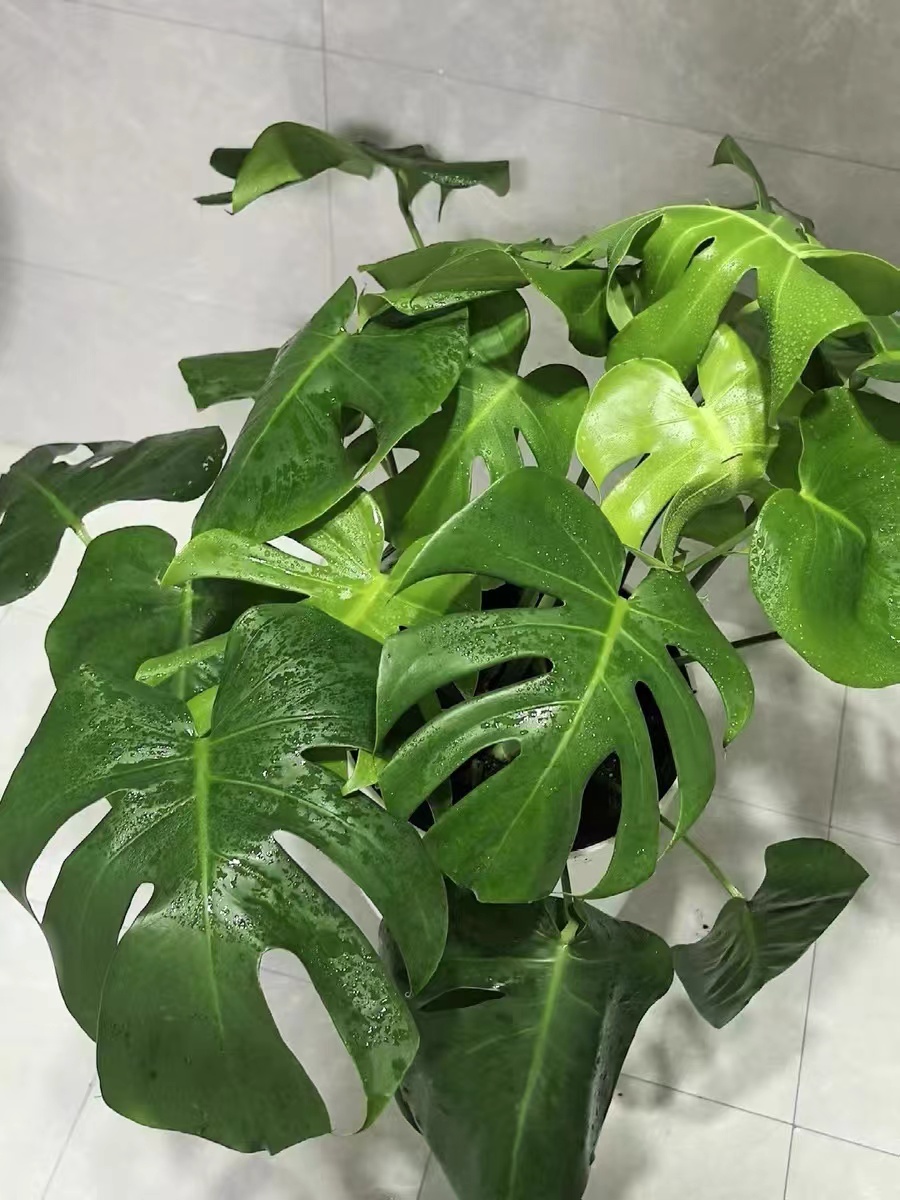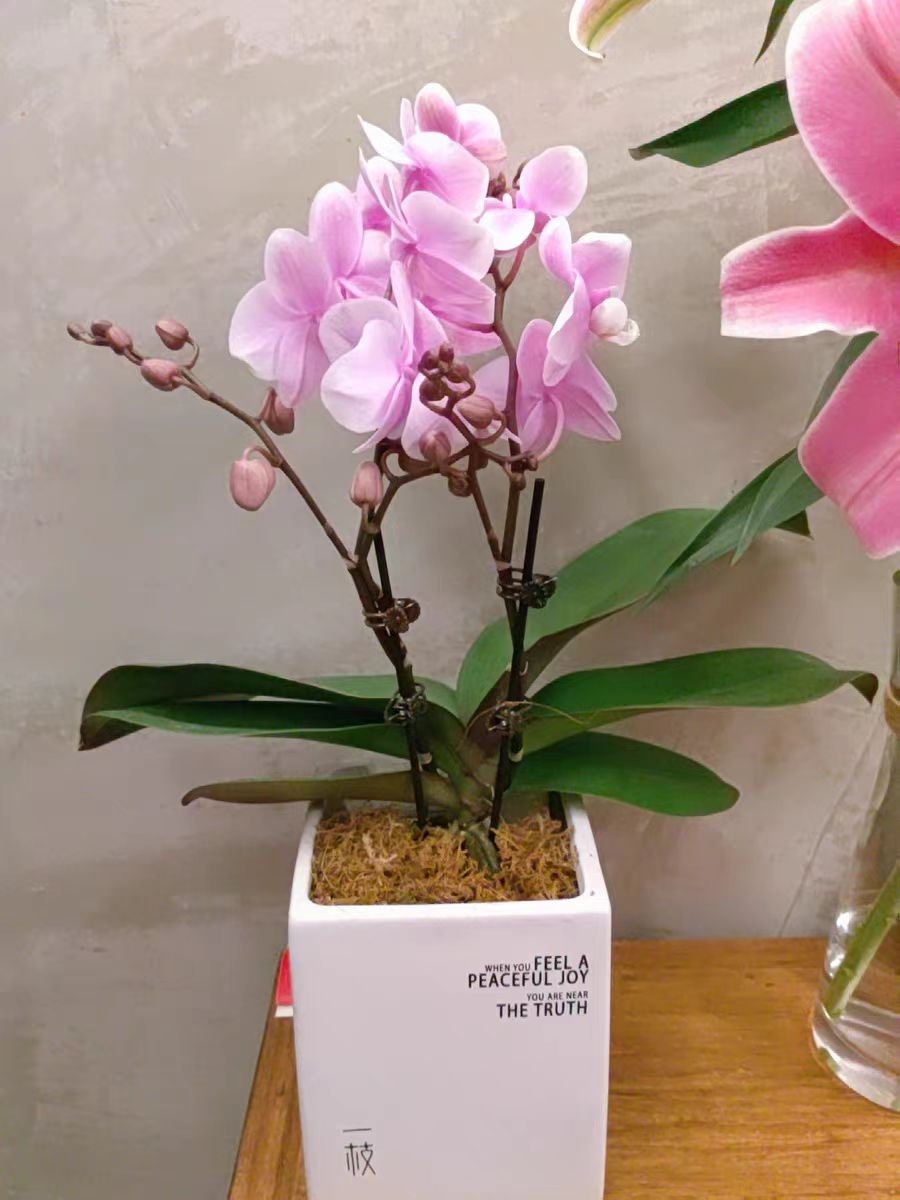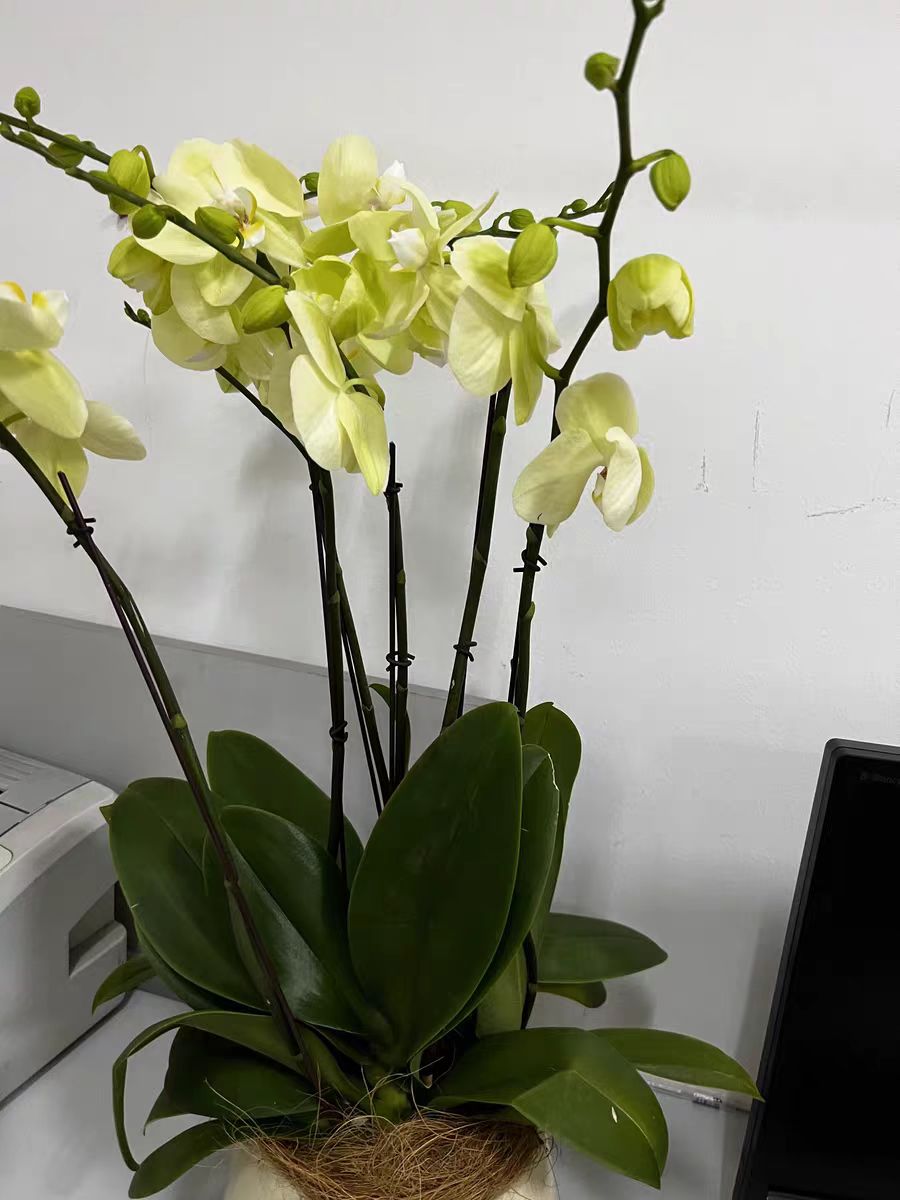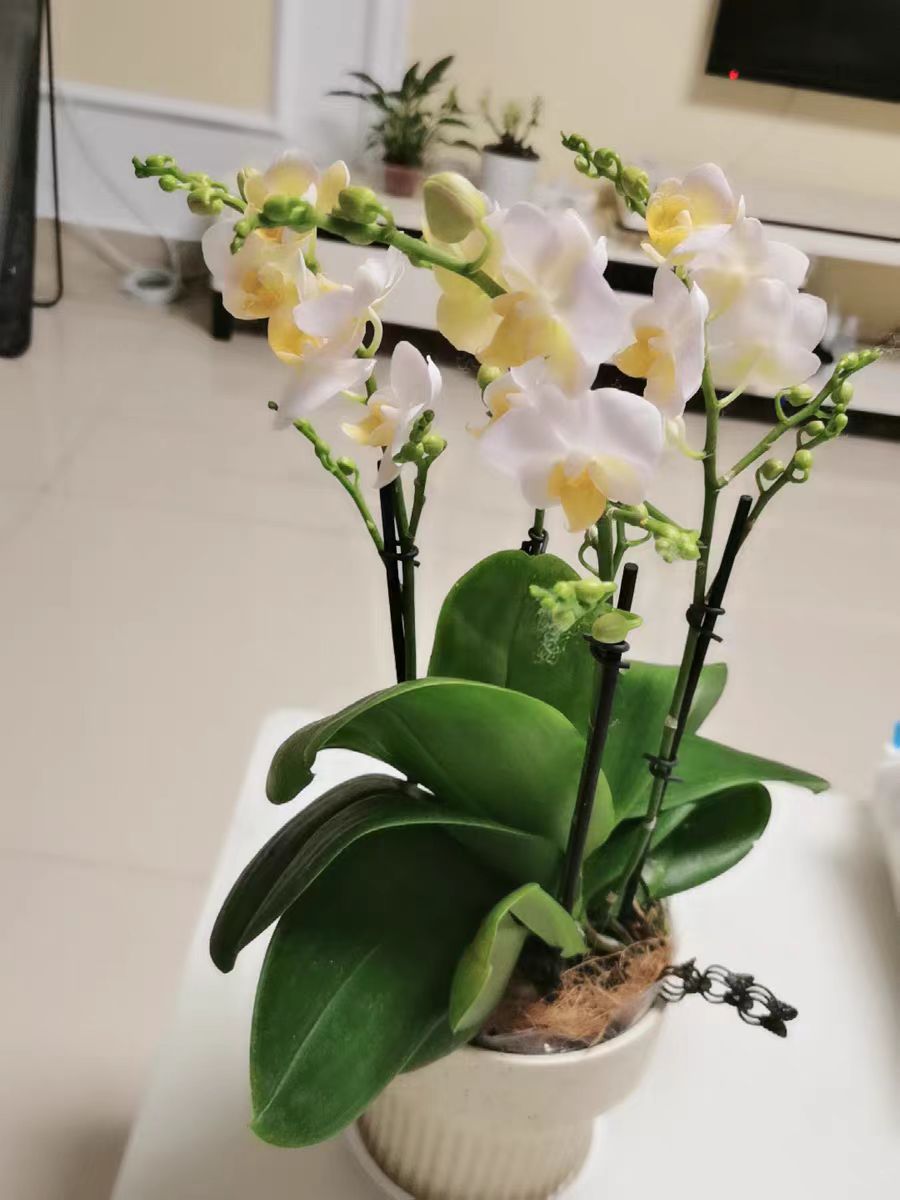In modern life, indoor air quality is attracting more and more attention. With the acceleration of urbanization, people spend most of their time indoors. Therefore, how to improve indoor air quality has become a hot topic. Many people choose to grow green plants at home, hoping to purify the air through the natural power of plants. So, can indoor plants really purify the air?
Numerous experiments have shown that plants do have a certain air purification ability. For example, research by the National Aeronautics and Space Administration (NASA) shows that common indoor plants such as Epipremnum aureum, Chrysalidocarpus lutescens, Monstera deliciosa, and Sansevieria trifasciata can absorb harmful gases in the air and release oxygen, thereby improving indoor air quality. These experiments are usually carried out in a closed laboratory environment, which can accurately measure the impact of plants on air components.
However, the situation in real life is far more complex than in the laboratory. First of all, the environment of homes or offices is not completely closed, and air flow and exchange are frequent, which to some extent weakens the air purification effect of plants. Secondly, the types and concentrations of indoor pollutants vary depending on the environment, and different plants have different purification effects on different pollutants. In addition, the purification ability of plants is also affected by environmental factors such as light, temperature, and humidity. Therefore, although experimental results show that plants have the ability to purify the air, in real life, the effect may not be significant.
Limited purification efficiency
Although plants can absorb harmful gases in the air and release oxygen, their purification efficiency is relatively low. In an environment with a high concentration of pollutants, it is difficult to achieve an ideal purification effect with just a few pots of plants. In addition, the purification speed of plants is relatively slow and cannot quickly improve indoor air quality.
Limitations of specific pollutants
Different plants have different purification effects on different pollutants. For example, plants such as Chlorophytum comosum and Monstera deliciosa have good absorption ability for harmful gases such as formaldehyde, but the purification effect on other pollutants is not obvious. Therefore, when choosing plants, it is necessary to make a targeted choice according to the types of indoor pollutants.
Limitations of environmental conditions
The growth and purification ability of plants are limited by environmental conditions such as light, temperature, and humidity. In an environment with insufficient light, too low temperature, or too high humidity, the growth of plants will be affected, thereby reducing their ability to purify the air. Therefore, when maintaining indoor plants, it is necessary to pay attention to providing good environmental conditions.
Methods to improve indoor air quality
Increase ventilation
Ventilation is the most direct and effective method to improve indoor air quality. Regularly opening windows for ventilation can discharge the dirty air indoors and introduce fresh air outdoors, thereby significantly reducing the concentration of indoor pollutants.
Use air purifiers
Air purifiers can filter out harmful substances such as particulate matter, odors, and bacteria in the indoor air and improve the quality of indoor air. When choosing an air purifier, it is necessary to pay attention to its filtering effect and usage range to ensure that it can meet actual needs.
Control indoor pollution sources
Reducing indoor pollution sources is an important means to improve air quality. For example, choosing environmentally friendly decoration materials and furniture, avoiding smoking indoors, and regularly cleaning the ground and furniture can effectively reduce the concentration of indoor pollutants.
Reasonably place plants
Although the purification ability of plants is limited, reasonable placement of plants still helps improve indoor air quality. When choosing plants, it is necessary to pay attention to their purification ability and adaptability to environmental conditions, and avoid placing too many or toxic plants.
Growing indoor plants does have a certain air purification ability, but its effect is limited by many factors. In practical applications, we need to choose appropriate plants and purification methods according to the specific situation and needs of the indoor environment. At the same time, measures such as increasing ventilation, using air purifiers, and controlling indoor pollution sources are also important means to improve indoor air quality. Through comprehensive measures and multiple approaches, we can create a healthier and more comfortable indoor environment for ourselves and our families.
Can indoor plants really purify the air?

Share with
Tagged in :




Leave a Reply